-
On Luis Camnitzer’s etching cycles, especially “Agent Orange “(1983-84)
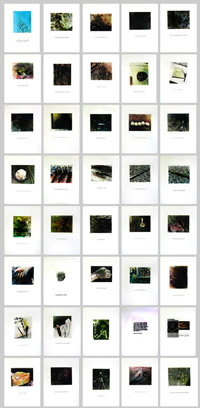
At the end of the 1960s, the Uruguayan sculptor, graphic artist and art critic Luis Camnitzer (born 1937 in Lübeck), living in exile in America, founded the New York Graphic Workshop together with his colleagues Liliana Porter and José Guillermo Castillo. The aim of this venture was to remove the aura of elitism from artistic […]
-
Printmaking: A Colony of the Arts
When I refer to colony, I mean it quite literally: as a territory taken over by another power, where identity is maimed and slowly forgotten, values are shifted and the will for independence becomes ritualized into an increasingly empty and hopeless vow. When I arrived in New York in 1964 I shared a studio with […]
-
Photoetching technique (A Manual)
1) I prepare transparencies. These can be made by drawing on a clear plastic sheet, using traditional photographic techniques and enlarging on orthochromatic film, or by drawing on the computer or scanning and printing on clear plastic sheets. When registration of images is needed, printing is better done on an ink jet printer. Laser printers […]
-
The Recorded Other: Ethnographic Drawing, 1800-1900

In 1800, the Swiss educational reformer Johann Heinrich Pestalozzi found drawing to be “a general human matter,” “eine allgemeinmenschliche Sache.” This maxim is at once both a claim and a vision. Pestalozzi raised drawing to the rank of a fundamental anthropological fact supposedly preceding all ethnic, cultural, social, and professional differentiation. Seen before the backdrop […]
-
The Privatized Subcontinent. On John Corbet Anderson and C.R. Francis:”Sketches Of Native Life In India” (1848)
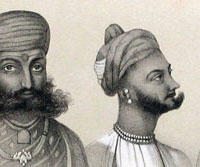
Among the innumerable illustrated travelogues about India directed to a primarily British audience in the18th and 19th centuries, „Sketches of Native Life in India,“ a book that was published in London in 1848,has gained a special reputation for its exceptional visual impressiveness and its idiosyncratic qualities.Today, even single illustrated sheets from this work are almost […]
-
Tinted India. Day & Son and the Photolithographs in “Tent Life in Tigerland”
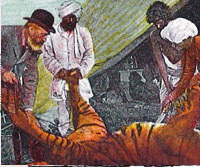
In his 1888 collection of stories bearing the somewhat excessive title „Tent Life in Tigerland. Being Sporting Reminiscences of a Pioneer Planter in an Indian Frontier District“, we find former Australian Minister of Education James Inglis looking back to an adventurous stretch of his life as an indigo planter in the mangrove forests of Northern […]
-
“Air Line” or The Unchosen Motif
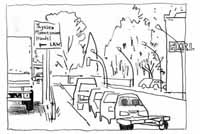
The Dutch word “onverkoren” is a fictive, ambiguous term. It can mean both “not selected” and “not chosen.” Motifs not selected are motifs I came upon by chance. I am a painter who works outdoors, “in front of the motif.” My search for motifs in nature or in the city is influenced by the usual […]
-
“You Draw What You Know” – In conversation with Theo de Feyter
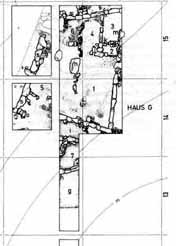
A conversation on archaeology and drawing MePri, Düsseldorf, 12/16/2006 Alexander Roob: In addition to your art studies, you also completed a period of studies in archaeology and then worked as a professional archaeologist. Perhaps you can start with a bit of biographical information. Theo de Feyter: I first studied art at the Rijksakademie in Amsterdam, […]
-
Menzel’s lurking about!
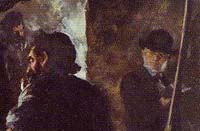
The more clearly and distinctly, more realistically things find themselves depicted, the more com-plex the play of perceptions and questions becomes. It is precisely the simple, the banality of the everyday become image that on closer inspection begins to drift off into the drama of the Symbolic or to founder in pure doubling … > […]
-
The scalp in the grid. Menzel and the Development of the Illustrated Press
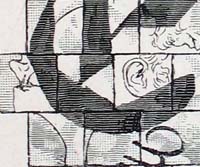
The critical opinion reviewers had of 19th-century German press drawings and illustration art was quite sobering in its overall tenor and can easily be reduced to: There’s Menzel, and that’s just about all. Indeed, it took until the late 1880s for the contours of draughtsmen with a profile of their own to be noticed… PDF: […]